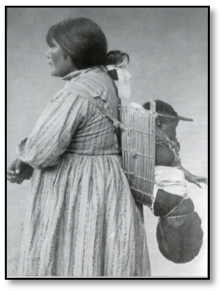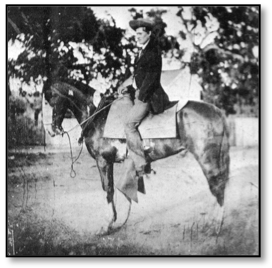History of St. Helena
The St. Helena area was once home to the Wappo people, a Yukian-speaking group who were the area’s earliest inhabitants. Their village was located where Sulphur Creek meets the Napa River.
The earliest white settlers in St. Helena were John York, who lived on what is now Dean York Lane, and David Hudson, whose house is still located at Beringer Winery.
Dr. Edward Turner Bale, a British surgeon, was appointed to General Vallejo’s California forces. When he married Maria Ygnacia Soberanes, a niece of Vallejo’s, he converted to Catholicism and became a Mexican citizen. This allowed him to receive a Mexican land grant in Napa Valley of 17,962 acres. Bale and his wife moved to their home on Whitehall Lane in 1843 and their family grew to six children. After Dr. Bale died in 1849, his family began selling portions of the vast holdings. One such sale was recorded in 1854, when Henry Still and Charles Walters bought 126 acres from Senora Bale. Lots on the property to the west side of the county road, from Sulphur Creek to the future Madrona Avenue, were given to anyone who would start a business.
New arrivals began planting vineyards and making wine in the 1860’s. The railroad came to town in 1868, providing an important shipping link for fruit, grain, and mining products. The wine industry began to thrive, encouraging more immigrants and more vineyards.
There are several theories about how the town was named. One says it was after the local branch of the Sons of Temperance. Another gives credit to Mount St. Helena, a prominent landmark to the north. A third theory is that a group of early businessmen were playing a game of horseshoes and came up with the name.
On March 24, 1876, St. Helena was incorporated as a town. In only 10 years, by 1886, the population had reached 1,800. People from many lands and walks of life continued to relocate here, all adding to the town’s complex and diverse history.
From early on, St. Helena was the commercial center of central Napa Valley, including settlements to the east on Howell Mountain and in Pope Valley and the villages of Rutherford and Oakville to the south. To buy shoes, see a dentist or doctor, attend a lodge meeting, or hear a politician, required a trip into town. Students from outlying areas went to high school in St. Helena after attending rural schools. Churchgoers rode into town on Sundays to attend services. Tourists arrived by train, to be met by stagecoaches transporting them to resorts, spas, and other vacation destinations. Local people worked hard, but they also knew how to have fun, as evidenced by the many saloons and eateries in town, as well as the numerous parades, dances, and other well attended activities.
On January 23, 1998, three blocks of St. Helena’s downtown Commercial District were placed on the National Register of Historic Places as a National Historic District. Efforts to preserve agricultural land have helped the town retain its rural charm. St. Helena is proud of its heritage; besides preserving many of its fine old buildings, it has not lost deep traditions of camaraderie and generosity. St. Helena continues to reflect its history as a small town that has also become a part of one of the great wine-growing capitals of the world.


